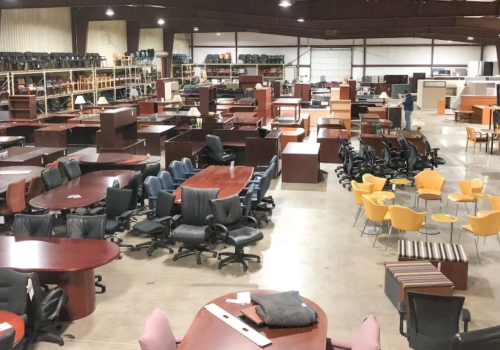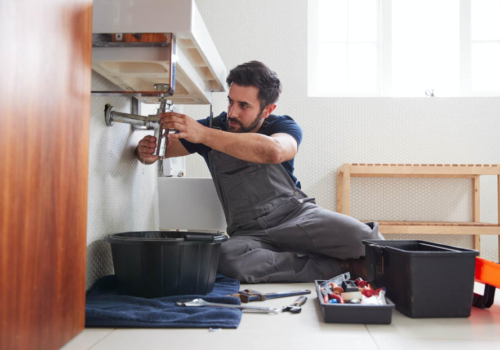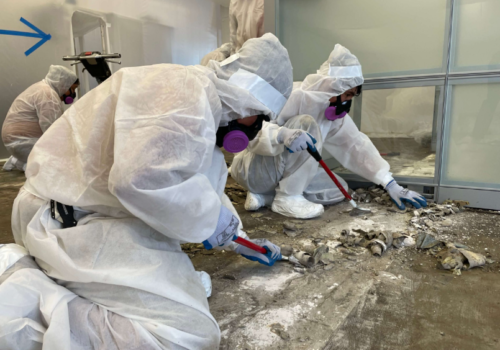Common Brick Repointing Styles
Denoting a general surface range of 17% of the entire brickwork, the mortar joints assume a significant part in emphasizing the presence of the workmanship. The shading, shape and type of the joints in the block units are all essential considers developing the last look. Because of the solid impact of the mortar joints, many profiles have been created and outlined. In a portion of the dividers, the mortar is kept recessed while in others it is projecting out. It can likewise be made in a way that the blocks and joints are at a similar level, framing a homogenous, smooth surface. The most widely recognized styles which are utilized by pointing administrations are flush, can handles, climate struck, recessed or raked and scratched joints. The development of the predefined sort of joint should be possible when the blocks are laid. The joints can be left untouched to be shaped by the indicating later on when the brickwork has solidified. The unnecessary mortar is skimmed off with the assistance of a trowel. To do this, the trowel is kept at an edge under the additional mortar and it is cut off. The trowel ought not to rub off the brickwork. After that the mortar joints are given the best possible shape.
Flush Joint: This sort of joint is totally converged down with the block. The blocks and the mortar are kept at a similar level with no retreat or bulge. It doesn’t require any molding or additional work yet just requires the trimming of additional mortars. After the blocks are set, the mortar is wiped off with the assistance of a material or an instrument. This style does not demonstrate much imperviousness to water infiltration as the surface is not compacted or subdued. In the Repointing, it is utilized for the blocks which have lost their sharp edges and are not reasonable for whatever other kind of joinery.
Recessed Joint: In the recessed joint, the mortar is scratched down and the edges of the blocks are jutting out. The profundity of the mortar characterizes fine edges of the blocks and gives a one of a kind appearance. For an outwardly alluring brickwork, the profundity of 5mm is considered as the best decision yet there are stone work works in which the mortar is more recessed. Since this kind of joinery blocks the stream of dilute the blocks, the brick work gets wetter and there are more odds of water infiltration or the drainage. It is fitting to smaller the mortar to build its water entrance yet the surface can be left harsh.
Climate Struck: This style has the most encouraging austere outcomes and the façade looks slick, legitimately done. The play of lights and shadows highlights the look of the brickwork. The inset edge is kept at around 2mm profundity than the block and the forward edge is at the level of the block. The dexterous utilization of the trowel is the key in creating the correct outcomes.





